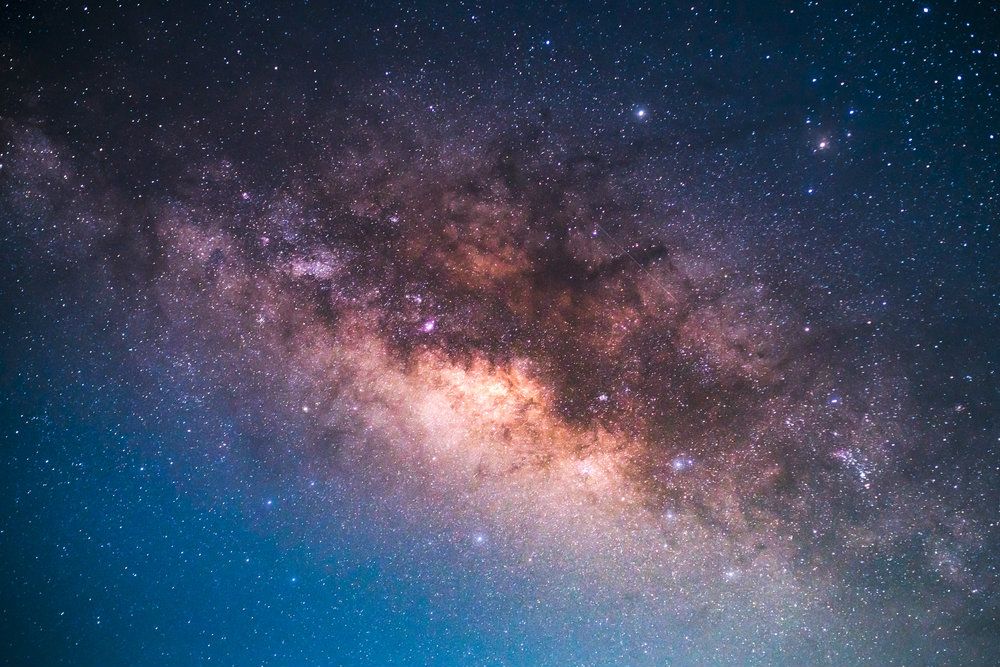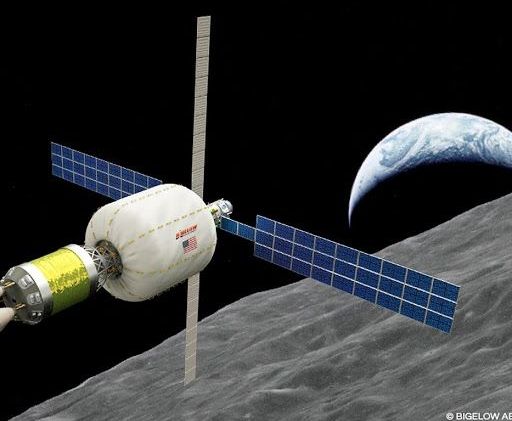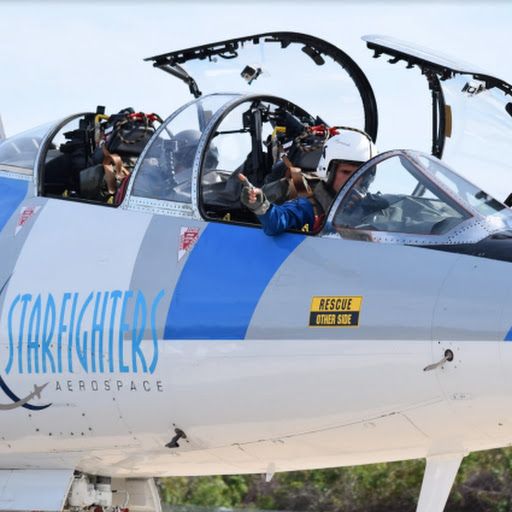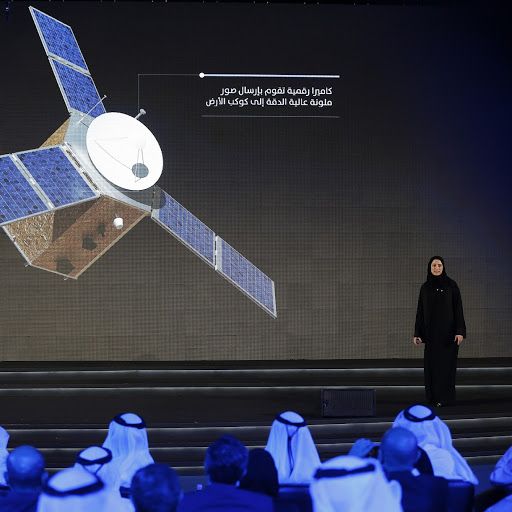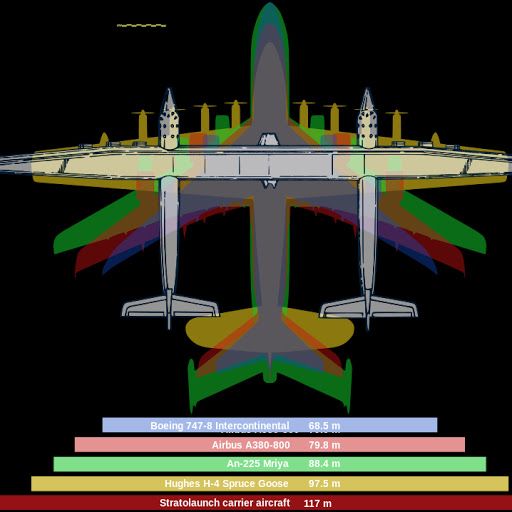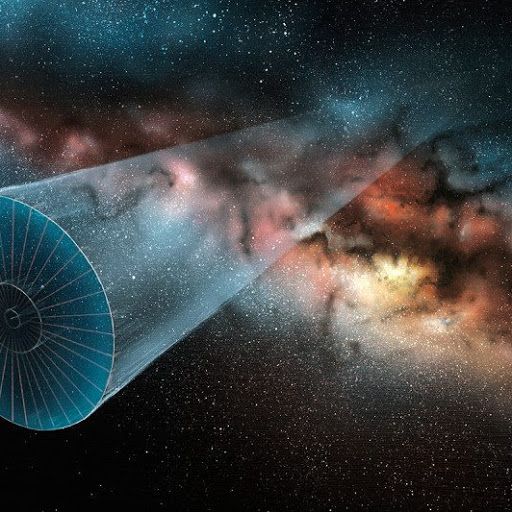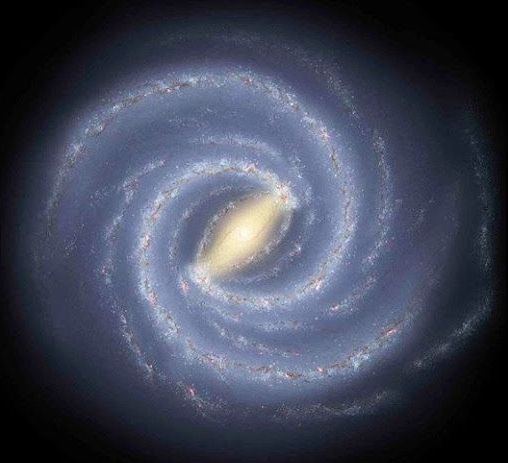Ninety-five new exoplanets — planets that orbit around stars other than our sun — can now be added to the long list of planets that have been discovered since the 1990s.
The discovery was made by a Danish Ph.D. student with the help of the once damaged Kepler telescope, reports ScienceNordic.
Andrew Mayo from the Technical University of Denmark (DTU Space) is behind the discovery, which is described in a new study.
